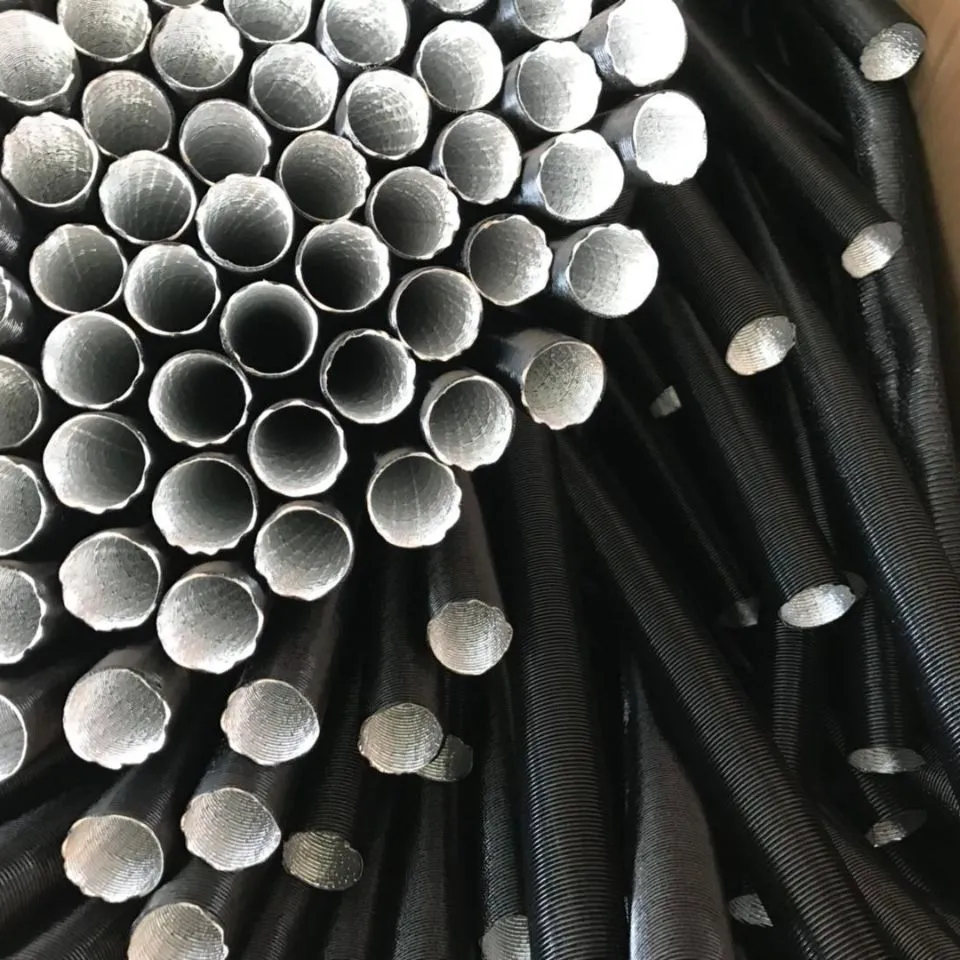transfer hose
Understanding Transfer Hoses A Key Component in Fluid Management
Transfer hoses play a crucial role in various industries by enabling the safe and efficient movement of liquids and gases. These hoses are specially designed to withstand different pressures and to be compatible with a wide range of fluids, making them an essential tool in manufacturing, chemical processing, food and beverage, and oil and gas sectors.
At their core, transfer hoses are flexible tubes that connect pumps, tanks, and other equipment to facilitate the transfer of substances. They come in various materials, including rubber, PVC, and metal, each providing specific benefits. For example, rubber hoses are often favored for their durability and resistance to abrasion, while PVC hoses are lightweight and flexible, making them ideal for lighter applications.
One of the key considerations when selecting a transfer hose is the fluid being transported
. Different fluids exert different types of pressure and have unique chemical properties. Therefore, hoses must be resistant to the corrosive nature of certain chemicals or the high temperatures of hot liquids. Manufacturers often specify the chemical compatibility of their hoses to prevent unexpected reactions and ensure safety.transfer hose

In addition to material compatibility, the hose diameter and length are crucial factors in determining flow rate and efficiency. A larger diameter allows for increased flow rates, which can be beneficial in high-volume applications. Conversely, a longer hose can create resistance, potentially reducing efficiency. As such, selecting the appropriate hose dimensions is essential for optimizing performance.
Safety is another critical aspect of transfer hoses. To minimize the risks associated with leaks, bursts, or contamination, hoses must be regularly inspected and maintained. Many industries deploy routine checks to identify wear and tear, while some employ vibration and pressure monitoring systems to detect potential issues before they escalate.
Moreover, the use of accessories such as clamps, fittings, and couplings can enhance the security and efficiency of hose connections. Proper installation and maintenance of these components ensure safe operations and prevent costly downtime in industrial settings.
In conclusion, transfer hoses are integral to fluid management across various industries. By choosing the right type of hose for specific applications and conducting regular maintenance, businesses can ensure the safe and efficient transfer of liquids and gases, ultimately enhancing operational productivity. The evolution of materials and technology continues to expand the capabilities of transfer hoses, making them more reliable and versatile than ever before.
-
Welded Wire Mesh Panel: Durable, Versatile, and AffordableNewsJul.28,2025
-
Top Quality Oxy Acetylene Hoses for Sale Fit for Welding DemandsNewsJul.28,2025
-
The Future of Pneumatic Air Tubes in IndustryNewsJul.28,2025
-
Superior and Reliable LPG Hose Pipe Solutions for Every NeedNewsJul.28,2025
-
Exceptionally Durable and Versatile Premium Braided PVC TubingNewsJul.28,2025
-
Best Adapters for Connecting Garden Hose to PVC Pipe ConnectionsNewsJul.28,2025














